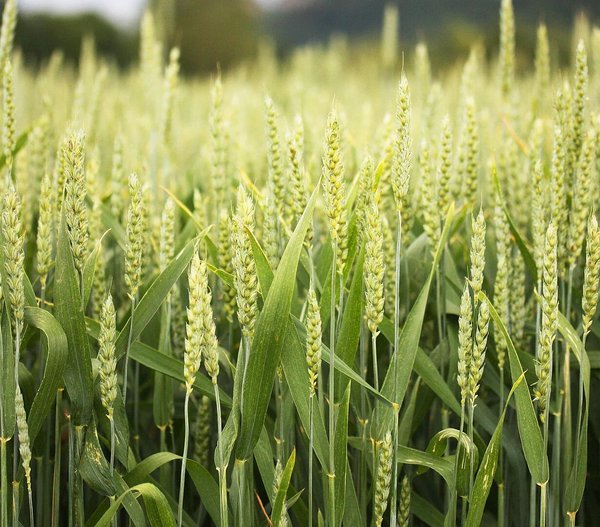 Read this article in French
Read this article in French- Share this article
- Subscribe to our newsletter
High yield losses because of fungal disease
World-wide, growers lose between 10 and 23 per cent of their crops to fungal infection each year, despite widespread use of antifungals. An additional 10-20 per cent is lost post-harvest. In a commentary in Nature published in May 2023, academics predict that those figures are projected to worsen as global warming means that fungal infections are steadily moving polewards, implying that more countries are likely to see a higher prevalence of fungal infections damaging harvests.
Growers have already reported wheat stem rust infections — which normally occur in the tropics — in Ireland and England. The experts also warn that tolerance to higher temperatures in fungi could increase the likelihood of opportunistic soil-dwelling pathogens to hop hosts, and infect animals or humans.
Across the world, food security is expected to encounter unprecedented challenges as rising populations mean more demand. Across the five most important calorie crops of rice, wheat, maize (corn), soya beans and potatoes, fungal infections cause losses which equate to enough food to provide some 600 million to 4,000 million people with 2,000 calories every day for one year.
Fungi are incredibly resilient
The commentary highlights a “perfect storm” which is causing fungal infections to spread rapidly. Among the factors is the fact that fungi are incredibly resilient, remaining viable in soil for up to 40 years, with airborne spores that can travel between continents. Added to this, they are extremely adaptable, with “phenomenal” genetic diversity between and among species. Modern farming practices entail vast areas of genetically uniform crops, which provide the ideal feeding and breeding grounds for such a prolific and fast-evolving group of organisms. They are also well equipped to evolve beyond traditional means to control their spread. The increasingly widespread use of antifungal treatments that target a single fungal cellular process means fungi can evolve resistance to these fungicides, so that they are no longer effective. This forces farmers to use ever-higher concentrations of fungicide in a bid to control infection, which can accelerate the pace of resistance developing.
Protecting the world’s crops from fungal disease
However, there is some cause for hope. In 2020, a team from the University of Exeter/UK discovered a new chemistry which could pave the way for a new type of antifungal strategy targeting several different mechanisms, thus making it much harder for fungi to develop resistance. Farming practices may also hold the key to change, after a study in Denmark showed promise by planting seed mixtures which carry a range of genes which are resistant to fungal infection. Technology may also prove crucial, with AI, citizen science and remote sensing tools such as drones allowing for early detection and control of outbreaks.
Overall, the authors argue that protecting the world’s crops from fungal disease will require a far more unified approach, bringing together farmers, agricultural industry, plant breeders, biologists, governments, policymakers and funders.
(Kiel University/ile)
Read more on the website of the Kiel University
Original publication:
Eva Stukenbrock, Sarah Gurr: Address the growing urgency of fungal disease in crops. Nature 2023 617. https://doi.org/10.1038/d41586-023-01465-4





Add a comment
Be the First to Comment